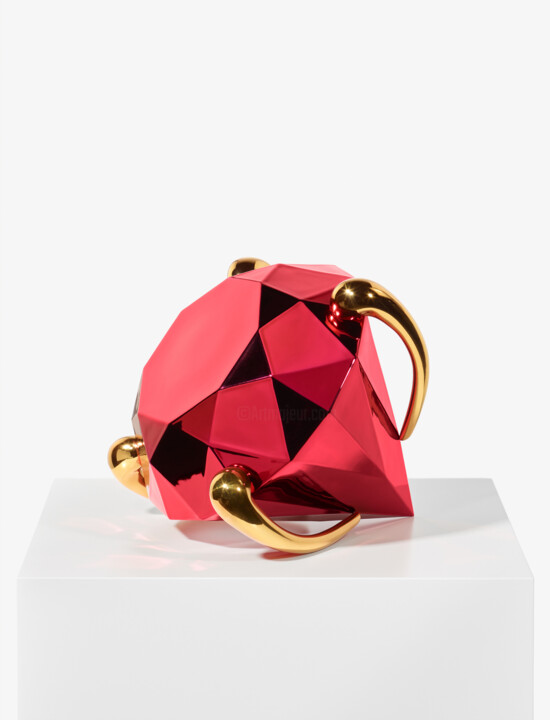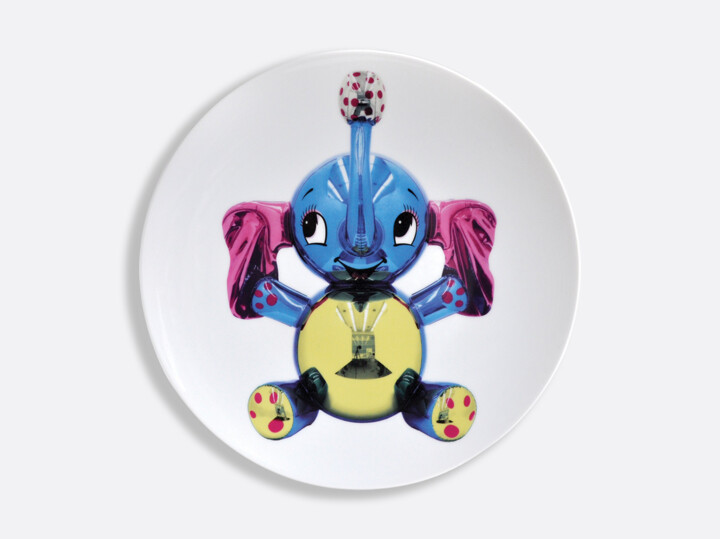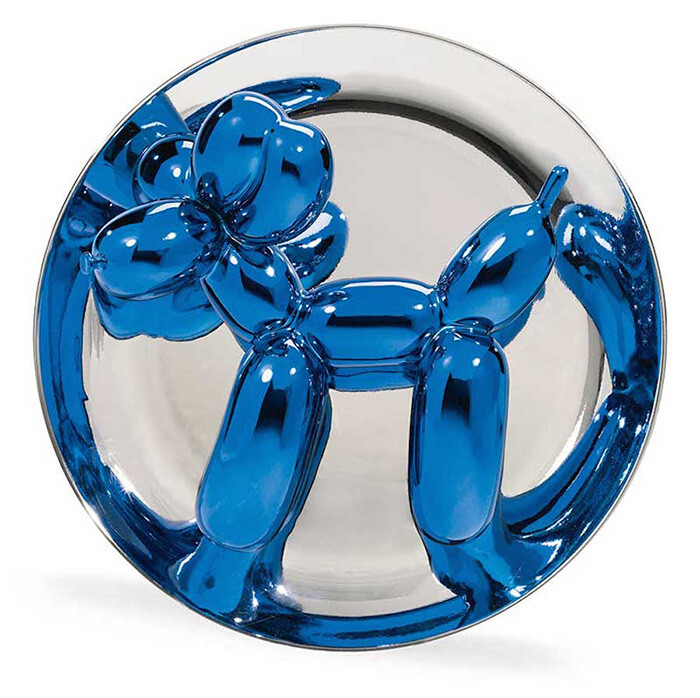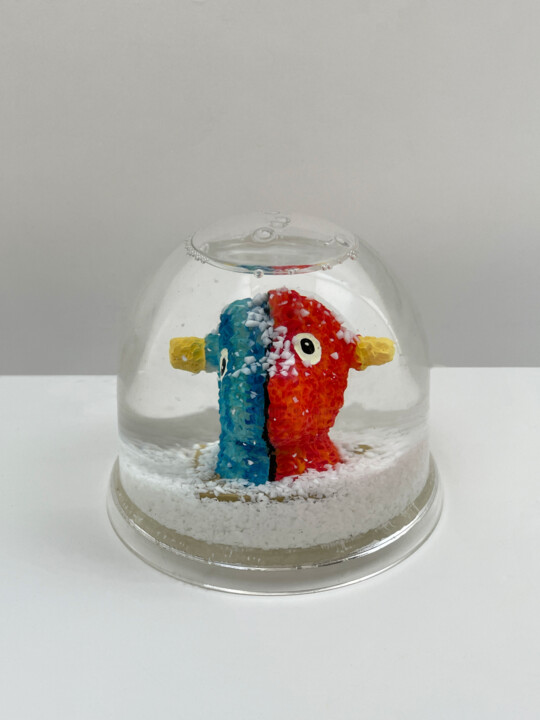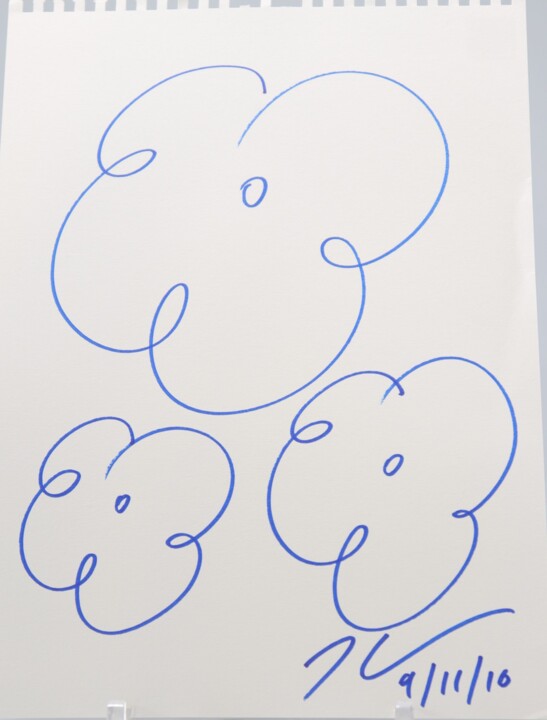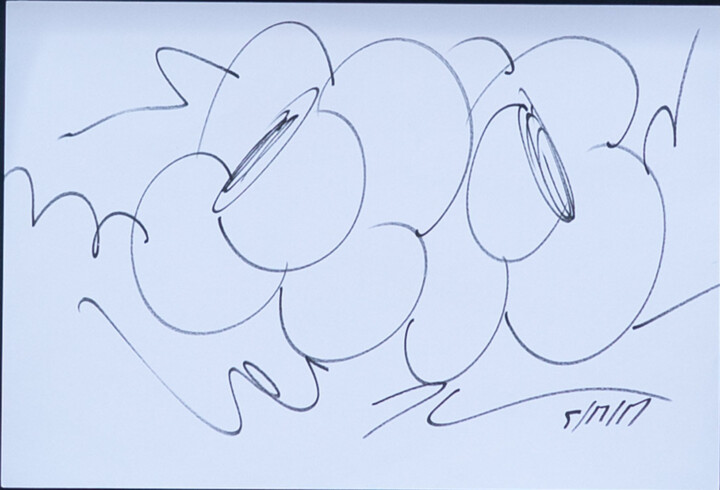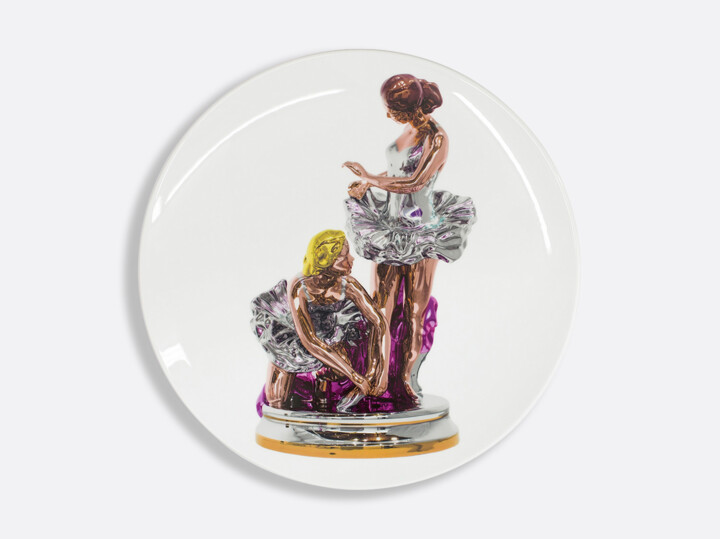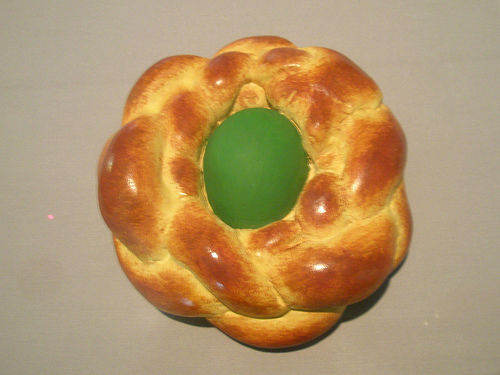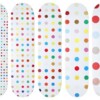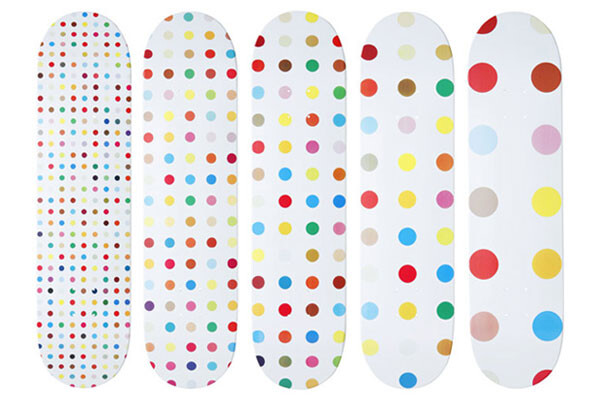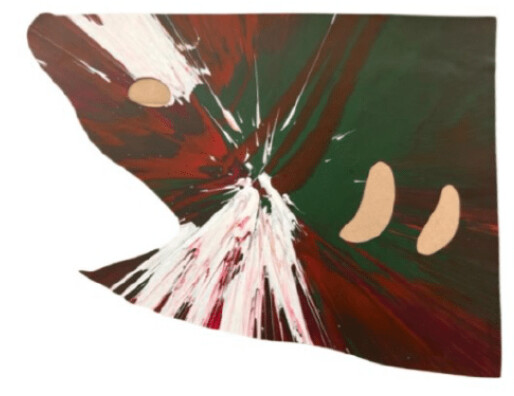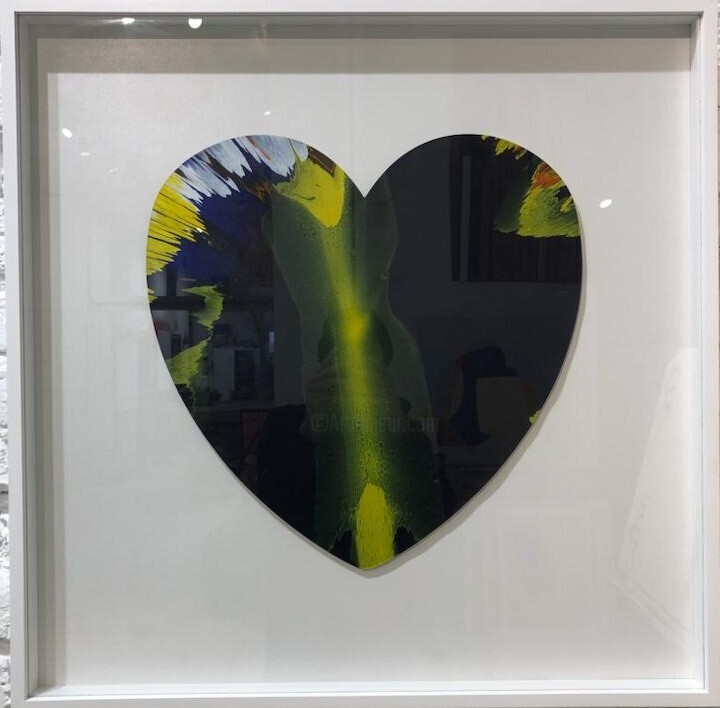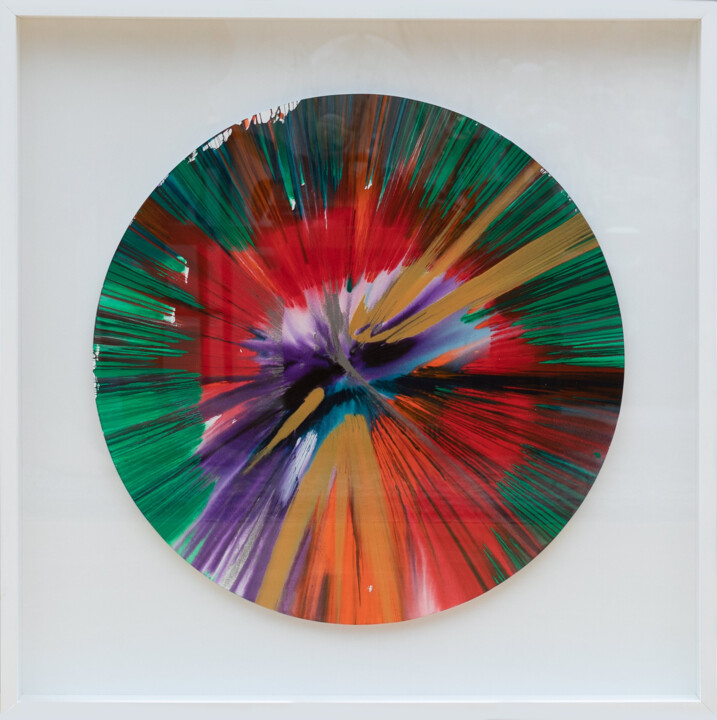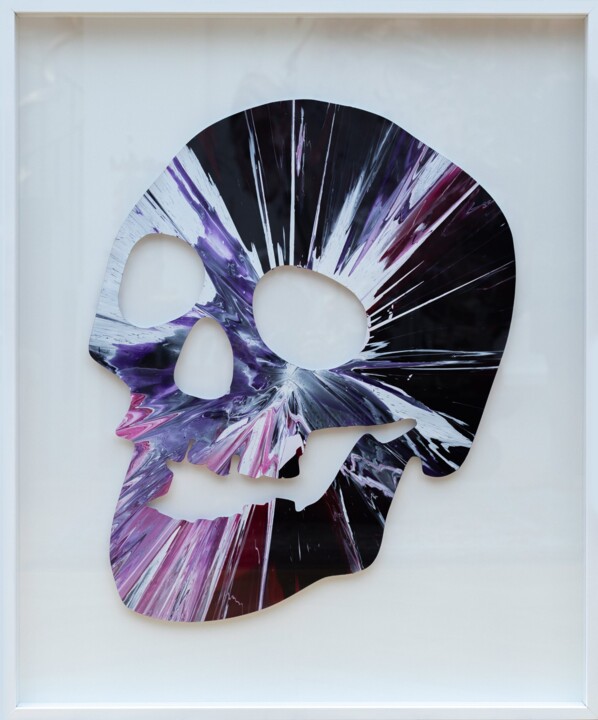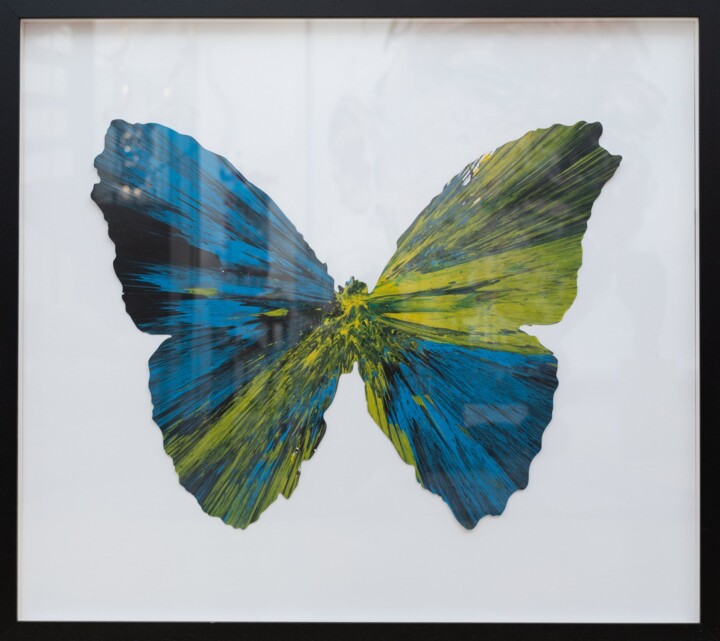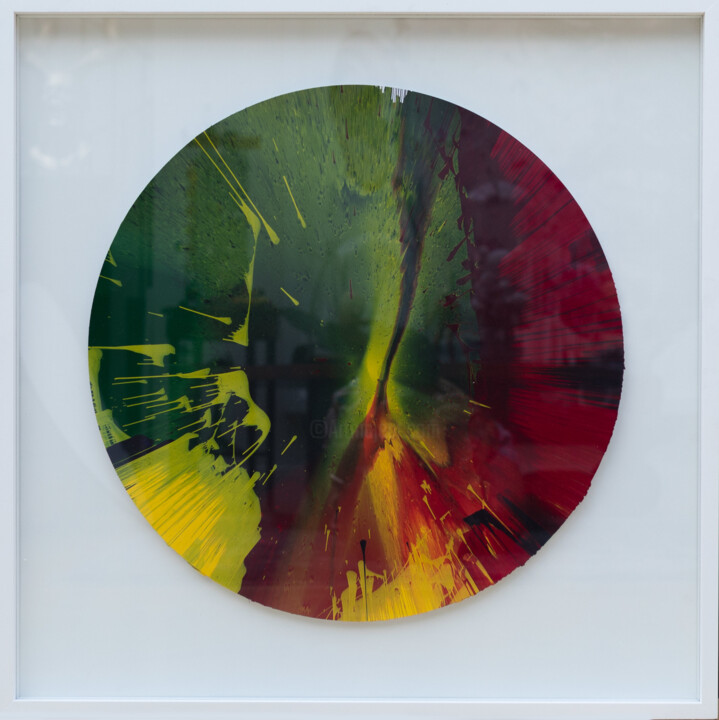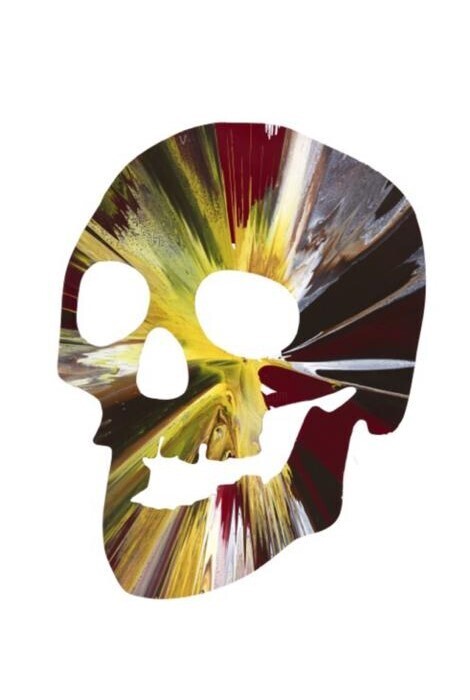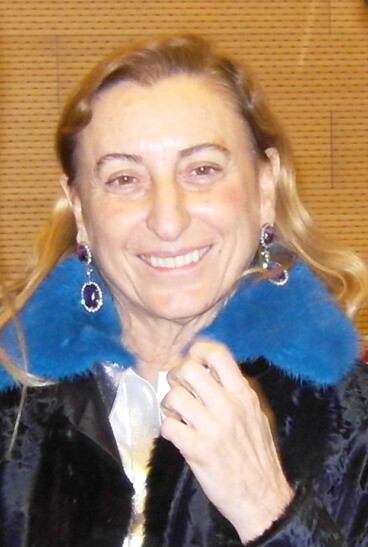 Miuccia Prada in 2011 - Cory M, via Wikipedia.
Miuccia Prada in 2011 - Cory M, via Wikipedia.
Who is Miuccia Prada?
Miuccia Bianchi Prada, an Italian fashion designer and business tycoon, was born as Maria Bianchi on May 10, 1949. She is renowned as the creative force behind the Prada brand and the visionary founder of its subsidiary, Miu Miu. According to Forbes data as of October 2021, her wealth was estimated to be an impressive $4.8 billion. However, Bloomberg, in June 2021, valued her net worth even higher at $6.62 billion, ranking her 464th among the world's wealthiest individuals.
Miuccia Prada, the youngest granddaughter of Mario Prada, assumed control of the family's luxury goods manufacturing business in 1978. Under her leadership, the company expanded its influence by acquiring renowned brands like Jil Sander, Helmut Lang, and the prestigious shoemaker, Church & Co.
In 2002, Prada embarked on a new venture by establishing her very own contemporary art museum, showcasing her passion for art and culture.
Recognizing her impeccable sense of style and influence in the fashion industry, Forbes honored Miuccia Prada in March 2013 as one of the fifty best-dressed individuals over the age of 50. In 2014, she further solidified her position as a prominent figure by securing the 75th spot on Forbes' list of the world's most powerful women, when her estimated net worth stood at a staggering $11.1 billion.
How to keep fashion and art separate
Miuccia Prada is most renowned for her iconic fashion label bearing her name, but she has also left a significant imprint on the Italian art scene. She has long been a devoted supporter of contemporary artists, recognizing them as some of the most intellectually gifted individuals globally. In a 2015 interview with ArtMag, Miuccia Prada shared her admiration for artists and her desire to learn from them about the evolving state of the world.
Despite her deep involvement in both the art and fashion realms, Miuccia Prada usually keeps these pursuits distinct. Typically, she does not extend invitations to artists to collaborate on her fashion campaigns. However, she has emphasized that while fashion represents her primary professional commitment, it is art that truly reflects her personality. She once expressed, "What intrigues me profoundly are not certainties, but rather doubts, clashes, and conflicts." An intriguing manifestation of her love for art within her fashion empire is her office, which boasts a playful feature: a tube slide designed by artist Carsten Höller that connects her office to the courtyard below.
This experimental and unconventional spirit finds a home in the museum that Miuccia Prada and her husband Patrizio Bertelli inaugurated in Milan in 2015. Designed by Rem Koolhaas, this space combines new constructions with refurbished industrial warehouses, transforming them into art galleries. The museum's inaugural exhibition, "Serial Classic," delved into the theme of Roman reproductions of Greek artworks, setting the tone for subsequent showcases that have explored the works of artists like Betye Saar, Jannis Kounellis, and H. C. Westermann.
Rather than opting for the obvious choice of launching a contemporary art gallery with exhibitions on contemporary art, Prada and Bertelli deliberately took a contradictory approach. As Bertelli himself put it, "It is my dream to do the obvious thing. I would never do it, of course. But just as a contradictory position." In 2018, they expanded their foundation's Milan campus with the addition of Torre, a nine-story building that serves as a platform for presenting pieces from their extensive collection of contemporary art.
Fondazione Prada
In 1993, Miuccia Prada came to the realization that she had a strong desire to impart her love for the arts to a broader audience. Together with her husband, Patrizio Bertelli, who also serves as the CEO of the Prada Group, they embarked on a journey to conceptualize and execute art exhibitions, alongside ventures involving architecture, cinema, performing arts, and philosophy. This visionary concept would eventually give rise to what we now know as the Fondazione Prada—an establishment dedicated to the celebration and promotion of art and culture, both within Italy and on a global scale.
The initial concept began with the establishment of PradaMilanoArte, which served as an exhibition venue in Milan designed to showcase contemporary artistic expressions. Its inception in 1993 marked the beginning of a series of exhibitions featuring the works of artists such as Eliseo Mattiacci, Nino Franchina, and David Smith. In conjunction with these exhibitions, PradaMilanoArte also published catalogs that featured contributions not only from art historians but also from the artists themselves.
In 1995, this project underwent a transformation and reorganization, emerging as the Fondazione Prada. Miuccia Prada and Patrizio Bertelli, collaborating with the art historian and curator Germano Celant, devised a comprehensive plan for this new entity. The focus of the foundation extended beyond the realm of studio exhibitions. Instead, it embraced the idea of actively participating in the co-production of site-specific projects that artists had long harbored dreams of realizing. The Fondazione Prada was officially established in Milan, and its inaugural project was an exhibition dedicated to the British-Indian sculptor Anish Kapoor.
In the subsequent years, the foundation embarked on collaborative ventures with a multitude of artists, including prominent figures like Michael Heizer, Dan Flavin, Walter De Maria, and many others. These artists were granted the creative freedom to manifest their unique visions within the foundation's space, giving life to their artistic works.
Then, in 1997, the foundation took a pivotal stride by expanding its mission to encompass initiatives that engaged with urban environments and cultural experiences through tangible, on-site projects. Notable among these endeavors were installations like Dan Flavin's enduring creation for the Church of Santa Maria Annunziata in Chiesa Rossa and Laurie Anderson's project, "Dal Vivo," which involved collaboration with San Vittore prison, both situated in Milan. These projects met with remarkable success, reflecting the foundation's commitment to exploring diverse artistic expressions.
In addition to these established artists, the foundation continued to champion emerging talents such as Sam Taylor-Wood and Mariko Mori, who employed various media, including film, video, and photography. This ongoing dedication allowed the foundation to remain at the forefront of contemporary art, continually engaging with and showcasing the most noteworthy artistic trends of the time.
Starting in 2001, the foundation embarked on a journey into diverse domains, including architecture, philosophy, science, design, and cinema. This expansion led to the exploration of new horizons beyond the realm of traditional art. Notably, the architectural designs for the Prada Epicenters in key cities such as New York, San Francisco, Los Angeles (crafted by Rem Koolhaas and the Office of Metropolitan Architecture - OMA), and Tokyo (designed by Herzog & de Meuron) were not only showcased but also documented in published volumes. This unique endeavor bridged the worlds of fashion and art, offering a one-of-a-kind fusion of these creative dimensions.
In 2003, the Fondazione Prada cemented a substantial and enduring partnership for cultural and scientific collaboration with the University of Vita-Salute San Raffaele in Milan. Over the ensuing years, these two esteemed institutions jointly organized numerous projects, deepening their commitment to the intersection of culture and knowledge.
In 2004, the foundation embarked on a cinematic journey by teaming up with the Tribeca Film Festival to curate a collection of the festival's most intriguing films. Simultaneously, in that very year, Fondazione Prada forged a collaborative alliance with La Biennale di Venezia for the Venice Film Festival. Their joint effort aimed to unearth and rejuvenate neglected or underrated cinematic gems from the past.
Over the ensuing decade, the foundation continued to be a hub of creativity, fostering a multitude of installations, partnerships, and collaborations that breathed life into some of the most captivating facets of contemporary art and culture.
In 2011, the Fondazione Prada recognized the imperative to expand its portfolio of exhibition spaces and diversify its cultural horizons. Miuccia Prada and Patrizio Bertelli took the initiative to collaborate with the Office of Metropolitan Architecture (OMA), under the guidance of Rem Koolhaas. Their mission was to undertake the transformation of a 20th-century industrial site situated in the southern region of Milan, with the aim of establishing a new venue for the Fondazione. This venue, which eventually opened to the public in May 2015, represented a significant addition to the foundation's offerings.
During this period, Fondazione Prada also undertook various projects in several cities. In London, they orchestrated "The Double Club," a noteworthy venture. In Venice, they curated an anthological exhibition dedicated to John Wesley at the Fondazione Giorgio Cini, under the curatorship of Germano Celant. Furthermore, in 2011, Fondazione Prada inaugurated a fresh exhibition venue located at Ca’ Corner della Regina, an exquisite 18th-century palace situated along the Grand Canal in Venice. Over the years, this space has hosted six temporary projects, running concurrently with an extensive preservation and restoration program for the historic palazzo.
The unveiling of the new venue in Milan took place in 2015. This architectural masterpiece was conceptualized by the OMA architecture firm under the leadership of Rem Koolhaas. It represented the remarkable transformation of a former industrial complex dating back to the 1910s. Situated in Largo Isarco, in the southern part of Milan, this fresh venue marked a significant milestone, enabling the foundation to expand its multifaceted mission through a diverse program of exhibitions and cultural events.
In the subsequent years, numerous research-oriented exhibitions were hosted, exemplified by "Serial Classic," in addition to other exhibition projects that featured artworks from the Collezione Prada, including "An Introduction," "In Part," and "Trittico." The foundation also ventured into the realm of filmmaking with the project "Roman Polanski: My Inspirations" and introduced a series of choreographic performances titled "Atlante del gesto."
In December 2016, Osservatorio, an extension of Fondazione Prada exclusively dedicated to photography and visual languages, was inaugurated in the heart of Milan at the Galleria Vittorio Emanuele II.
In 2018, the exhibition program at the permanent headquarters of Fondazione Prada in Milan encompassed a rich array of historical exhibitions, artist projects, and site-specific installations. Notably, the exhibition titled "Post Zang Tumb Tuuum. Art Life Politics: Italia 1918-1943," conceived by Germano Celant, delved into the intricate art and cultural landscape in Italy during the tumultuous period between the two World Wars. This exploration began with in-depth research and study of historical documents and photographs, shedding light on the spatial, social, and political context within which artworks were conceived, presented, experienced, and interpreted by the contemporary audience.
Belgian artist Luc Tuymans, in collaboration with M HKA (Museum of Contemporary Art Antwerp), KMSKA (Royal Museum of Fine Arts Antwerp), and the city of Antwerp, brought forth the exhibition project "Sanguine. Luc Tuymans on Baroque." Tuymans offered a distinctive reinterpretation of the Baroque concept, infusing it with his personal perspective. This artistic dialogue bridged the gap between contemporary artists and the masters of the Baroque era.
Furthermore, Fondazione Prada extended its creative reach to the outdoor spaces of its Milan headquarters with a musical project consisting of three distinct events. Curated by Craig Richard, "I WANT TO LIKE YOU BUT I FIND IT DIFFICULT" featured a lineup of international artists including Ricardo Villalobos, Mulatu Astatke, Midori Takada, E/Tape, Nicolas Lutz, Monolake Live Surround, Burnt Friedman, Joy Orbison, and Baby Vulture. This project ventured across a diverse spectrum of musical genres and languages, encompassing electronic music, Ethio-jazz, minimalism, and techno.
Starting in May 2018, Fondazione Prada's Cinema, which operates every weekend, has curated a program that blends together a wide spectrum of films. This program encompasses premieres, timeless classics, experimental and avant-garde pieces, rare cinematic gems, and meticulously restored films.
In conjunction with its exhibitions and cultural initiatives, the educational workshops of the Accademia dei bambini continued to thrive. These workshops introduced new cycles crafted and overseen by "masters" hailing from diverse fields of expertise, including the musician Devendra Banhart.
In 2019, Fondazione Prada showcased three prominent exhibitions in Milan and Venice. "Whether Line" was a grand multimedia installation conceived by American artists Lizzie Fitch and Ryan Trecartin. "Il sarcofago di Spitzmaus e altri tesori" was an exhibition born from the creative minds of Wes Anderson and Juman Malouf, in collaboration with the Kunsthistorisches Museum in Vienna. Additionally, "Jannis Kounellis," a major retrospective, honored the artist following his passing in 2017.
Fondazione Prada remains steadfast in its commitment to spotlighting all facets of art and culture, offering a diverse range of experiences. As the boundaries of art and culture continue to expand, so too do the foundation's offerings, uniting the very best from these realms in a dynamic and contemporary manner.
Fondazione Prada: permanent collection
Their art collection had its inception in the 1990s, not driven by the intention to become collectors, but rather fueled by the simple desire to be surrounded by the artworks they deeply cherished. The pieces they acquired now reside and are cherished in their Milan apartment. However, with the establishment of Fondazione Prada in 1993, they ascended to prominent roles in the art world. This foundation, with locations in Venice and Milan, took on the role of organizing exhibitions and contemporary art events.
In addition to their existing collection, they have also commissioned various works for the Fondazione Prada. Among the esteemed artists featured in their collection, notable names include Lucio Fontana, Jeff Koons, Damien Hirst, Karsten Holler, Francesco Vezzoli, Mariko Mori, Sam Taylor Wood, Anish Kapoor, Tom Sachs, Tom Friedman, and Marc Quinn.

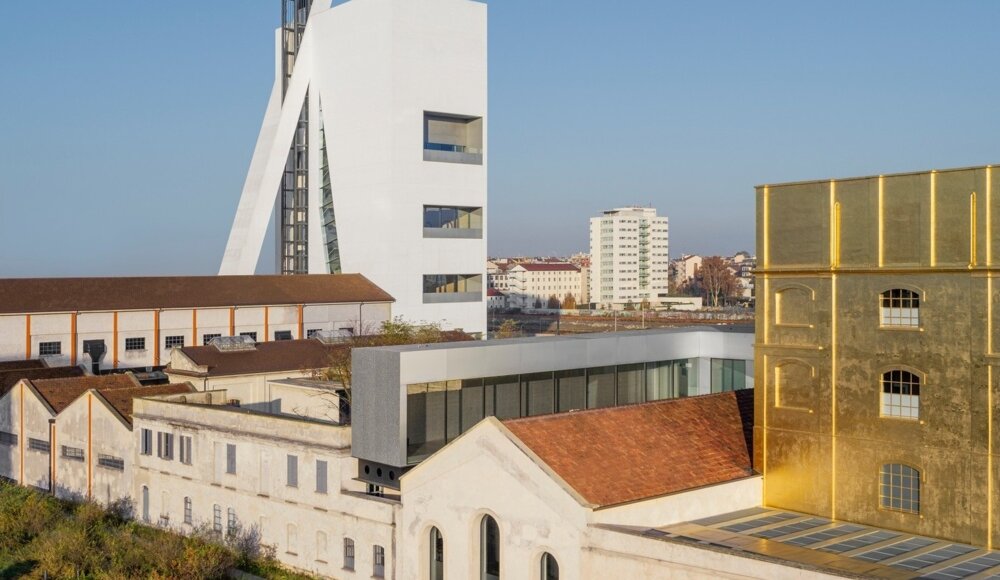
 Selena Mattei
Selena Mattei

